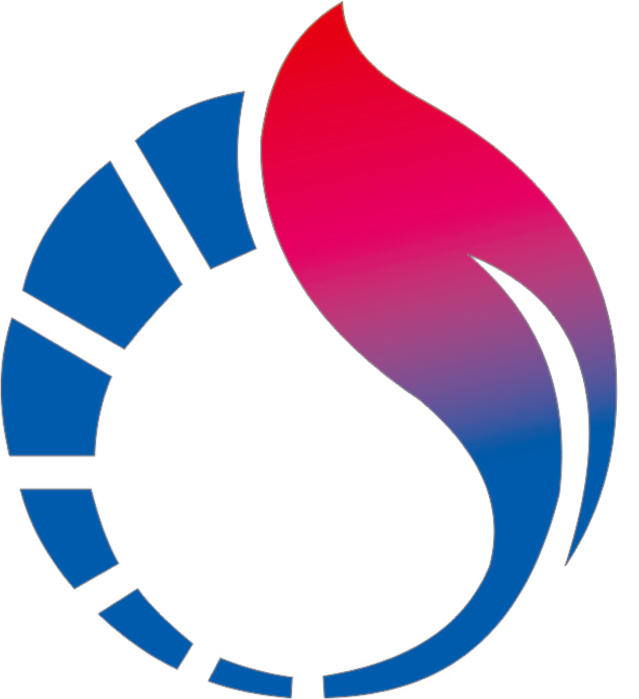
Nov . 05, 2024 03:05
Back to list
safety relief valve
Understanding Safety Relief Valves A Critical Component for Process Safety
Safety relief valves (SRVs) are essential devices found in various industrial processes, designed to protect equipment and personnel by preventing overpressure situations. Overpressurization can lead to catastrophic failures, posing risks of explosions, equipment damage, and potential harm to workers. Understanding the functionality, design, and importance of safety relief valves is crucial for professionals in the industry, ensuring they can adequately safeguard their operations.
How Safety Relief Valves Work
Safety relief valves operate on a straightforward principle—they automatically release excess pressure from a system when it surpasses a preset limit. These valves are typically installed on pressure vessels, boilers, and piping systems. When pressure builds up, the valve opens, allowing the excess gas or liquid to escape until the system returns to a safe operating pressure. Once normal operating conditions are restored, the valve reseals, preventing any further discharge.
There are mainly two types of safety relief valves spring-loaded and pilot-operated. Spring-loaded valves rely on a spring mechanism that holds the valve closed until the pressure exceeds the spring’s set point. In contrast, pilot-operated valves use a secondary pilot valve that controls a larger main valve, allowing more precise pressure management. The choice between these types depends on the application, required set pressures, and fluid characteristics.
Importance of Safety Relief Valves
1. Preventing Overpressure Situations The primary purpose of safety relief valves is to prevent the equipment from reaching dangerously high pressure levels. This proactive measure is critical in maintaining the integrity of pressure vessels and piping systems, thus protecting both the equipment and the safety of personnel.
safety relief valve

2. Regulatory Compliance Many industries are subject to strict regulations concerning pressure equipment, including the requirement for safety relief valves. Compliance with standards set by organizations such as the American Society of Mechanical Engineers (ASME) is essential for avoiding legal repercussions and ensuring operational legitimacy.
3. Cost Savings Investing in high-quality safety relief valves can lead to significant cost savings in the long run. By preventing accidents and costly equipment failures due to overpressure, organizations can avoid downtime, repair costs, and potential liabilities.
4. Operational Efficiency Properly functioning safety relief valves contribute to the overall efficiency of industrial processes. By maintaining optimal pressure levels, these valves help in enhancing performance, prolonging the lifespan of equipment, and ensuring consistent product quality.
Maintenance and Testing
Routine maintenance and testing of safety relief valves are essential to ensure their reliability and effectiveness. Regular inspections should include checks for corrosion, mechanical failure, and proper sealing. Moreover, testing must be conducted periodically to verify that the valves open at the specified set pressure. This process might involve simulated overpressure scenarios and requires strict adherence to safety procedures, as releasing high-pressure contents can pose additional hazards.
Conclusion
In conclusion, safety relief valves play a vital role in safeguarding industrial processes from the dangers of overpressure. They are essential for ensuring compliance with safety regulations, enhancing operational efficiency, and ultimately protecting human life and property. Understanding their operation, importance, and maintenance requirements is crucial for professionals in the field. By prioritizing the proper installation and upkeep of safety relief valves, organizations can create a safer working environment and promote sustainable industrial practices.
Next:
Latest news
-
Safety Valve Spring-Loaded Design Overpressure ProtectionNewsJul.25,2025
-
Precision Voltage Regulator AC5 Accuracy Grade PerformanceNewsJul.25,2025
-
Natural Gas Pressure Regulating Skid Industrial Pipeline ApplicationsNewsJul.25,2025
-
Natural Gas Filter Stainless Steel Mesh Element DesignNewsJul.25,2025
-
Gas Pressure Regulator Valve Direct-Acting Spring-Loaded DesignNewsJul.25,2025
-
Decompression Equipment Multi-Stage Heat Exchange System DesignNewsJul.25,2025

